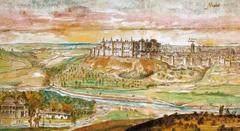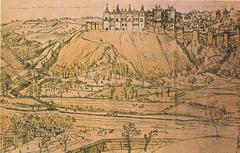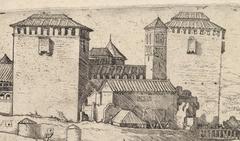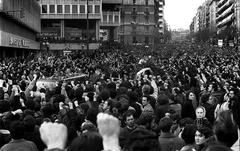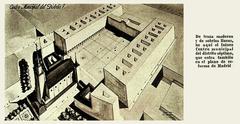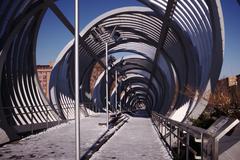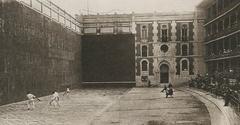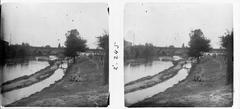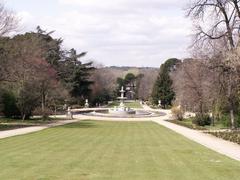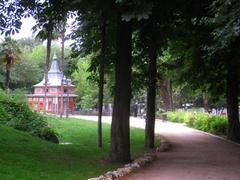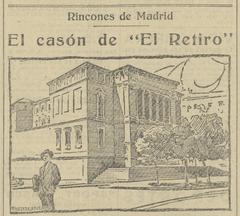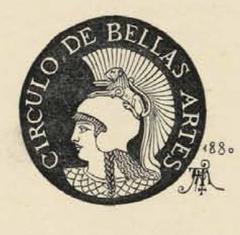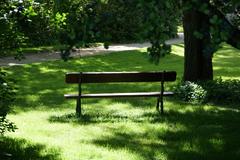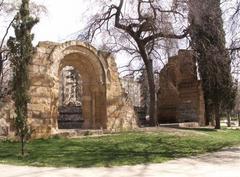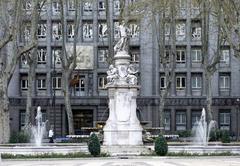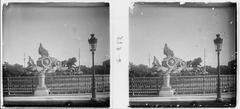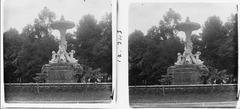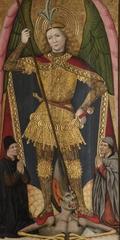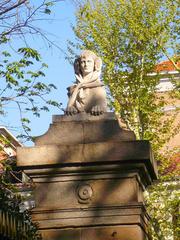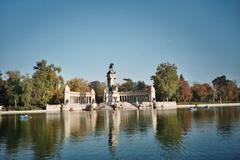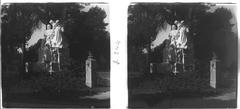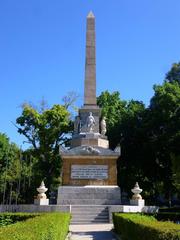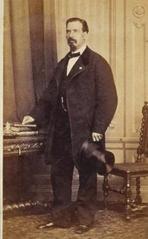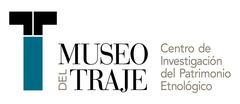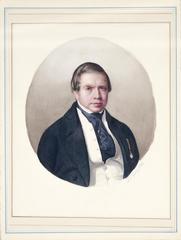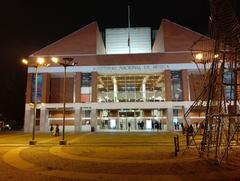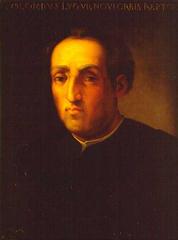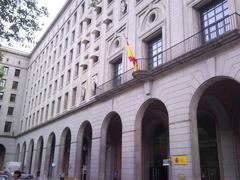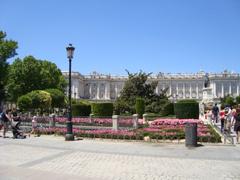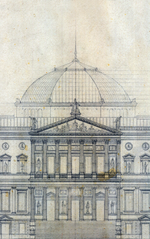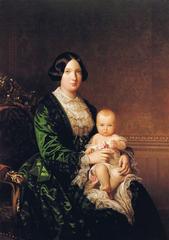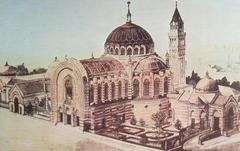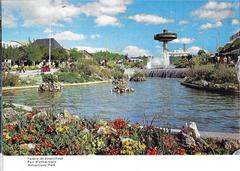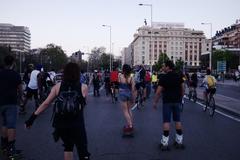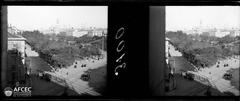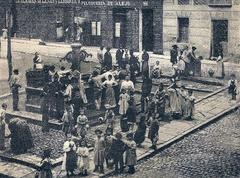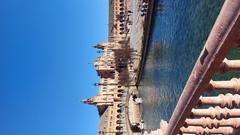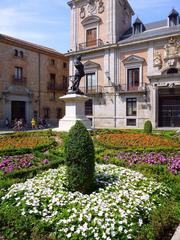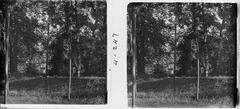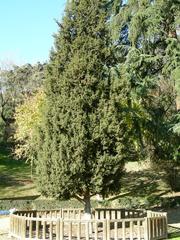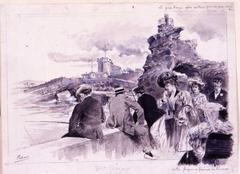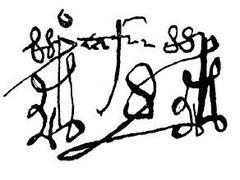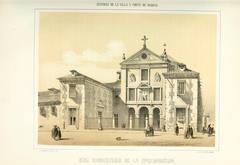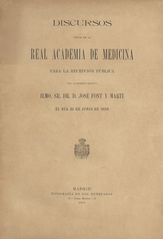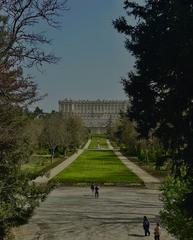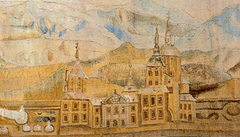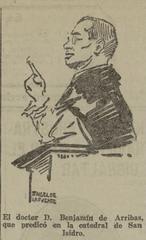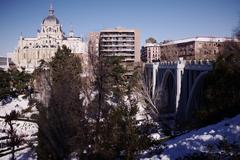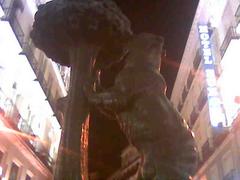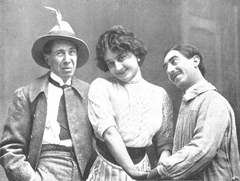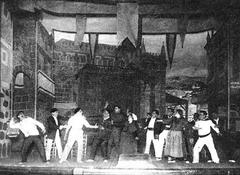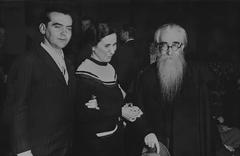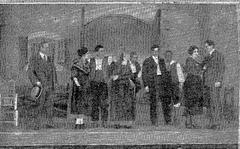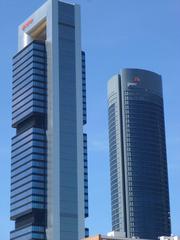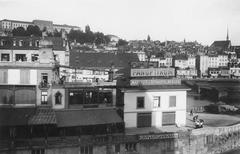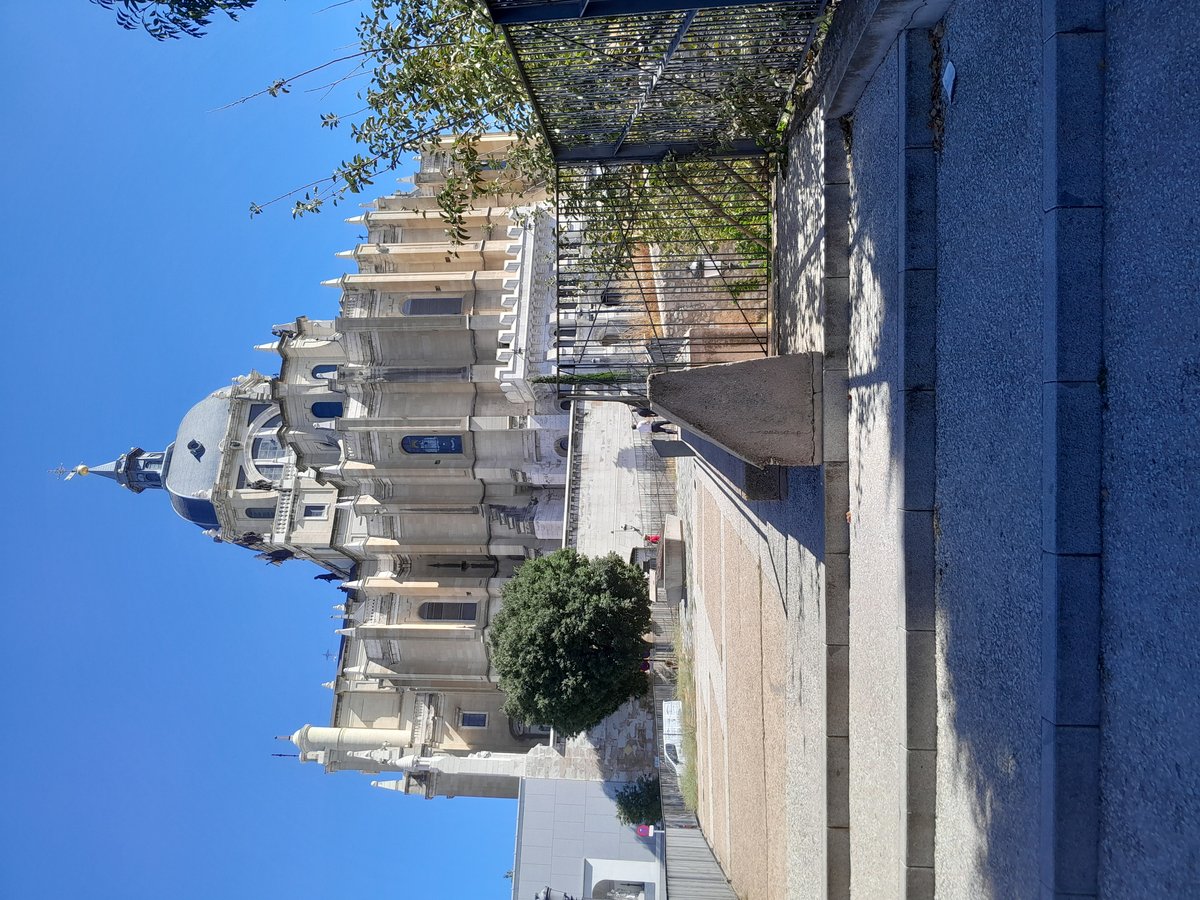
Visiting Parque del Emir Mohamed I in Madrid: History, Tips, and Visitor Information
Date: 24/07/2024
Introduction
Parque del Emir Mohamed I is a remarkable historical and cultural landmark nestled in the heart of Madrid, Spain. This park not only provides a serene green space for relaxation but also serves as a vital link to Madrid’s rich Moorish heritage. Established on the site of the ancient city walls, which date back to the 9th century, the park offers visitors a unique glimpse into the Islamic origins of Madrid. The park is named after Emir Muhammad I of Córdoba, who founded Madrid (then known as ‘Mayrit’) as a military outpost to monitor the rebellious city of Toledo and protect the Middle March from Christian attacks (Madrid City Council).
The park’s most striking feature is the Islamic Wall, a significant remnant of Madrid’s Moorish past. This wall, which stretches over 120 meters, stands as a testament to the city’s Arab-Islamic origins and showcases the architectural prowess of the period (Eye on Spain). The area that is now Parque del Emir Mohamed I was transformed into a park between 2010 and 2011 by the Madrid City Council, designed in the Andalusian style to reflect the cultural heritage of Al-Andalus (Eye on Spain). This transformation was part of a broader effort to preserve and celebrate Madrid’s multicultural history.
Beyond its historical and architectural significance, Parque del Emir Mohamed I offers a variety of visitor amenities, including guided tours, cultural events, and nearby attractions such as the Almudena Cathedral and the Segovia Bridge. Whether you’re a history enthusiast, a cultural explorer, or simply looking for a peaceful retreat, Parque del Emir Mohamed I provides a multifaceted experience that enriches your understanding of Madrid’s diverse heritage.
Table of Contents
- Introduction
- Historical Background
- Architectural Features
- Visitor Information
- Nearby Attractions
- Cultural Significance
- FAQ
- Conclusion
Historical Background
Founding of Madrid
The origins of Madrid trace back to the 9th century when it was founded by Emir Muhammad I of Córdoba. Between 860 and 880, Muhammad I established Madrid, then known as “Mayrit,” as a military outpost. This strategic location was chosen to monitor the rebellious city of Toledo and to defend the Middle March from Christian attacks (Madrid City Council).
The Islamic Wall
One of the most significant remnants of Madrid’s Moorish past is the Islamic wall, which forms a part of the Parque del Emir Mohamed I. This wall, constructed in the 9th century, is a testament to the city’s Arab-Islamic origins. The wall stretches over 120 meters in length, with a maximum height of 11.50 meters and a thickness of 2.60 meters. Several square-shaped towers punctuate the wall, adding to its historical and architectural significance (Eye on Spain).
Transformation into a Park
Until 2010, the area that is now Parque del Emir Mohamed I was merely a plot of land. The Madrid City Council undertook a project to transform this space into a park, which was completed between 2010 and 2011. The park was designed in the Andalusian style, reflecting the cultural heritage of Al-Andalus. The project was financed by the Plan E for Local Investment, a government initiative aimed at boosting local infrastructure (Eye on Spain).
Restoration Efforts
In 2016, the Culture Area of the Madrid City Council initiated a project to restore the Islamic wall. This restoration was crucial because Madrid is the only European capital with Arab-Islamic origins. The name “Mayrit” itself is a blend of Arabic and Romance languages, referring to the watercourses that run through the area where the park is located (Eye on Spain).
Architectural Features
The park’s design is a homage to its Moorish roots, featuring elements reminiscent of Al-Andalus. The centerpiece of the park is a fountain shaped like a six-pointed star, a design that is both aesthetically pleasing and historically significant. The park also includes various species of trees, with the oldest being an elm and a fig tree. Cypress trees line the parterres, continuing the Andalusian theme (Madrid City Council).
Visitor Information
Accessibility and Visiting Hours
The park is partially accessible to people with mobility issues, ensuring that most of the main pathways and areas can be enjoyed by all visitors. The park is open on weekends and holidays from 10:00 a.m. to 9:00 p.m., making it a convenient destination for both locals and tourists. The nearest public transportation options make it easy to reach the park, which is located adjacent to the Almudena Cathedral (Madrid City Council).
Tickets and Guided Tours
There is no entrance fee to visit Parque del Emir Mohamed I, making it an ideal spot for budget-conscious travelers. While guided tours are not regularly scheduled, special tours can be arranged through the Madrid City Council’s tourism office. For more information, you can visit their official website.
Travel Tips and Special Events
- Best Time to Visit: Spring and fall are the best times to visit, as the weather is mild and the park’s flora is in full bloom.
- Photographic Spots: The six-pointed star fountain and the Islamic wall are must-visit spots for photography enthusiasts.
- Special Events: The park occasionally hosts cultural events, including traditional Andalusian music performances and historical reenactments. Check the Madrid City Council’s event calendar for updates.
Nearby Attractions
In addition to the park itself, visitors can explore nearby attractions such as the Almudena Cathedral and the Arab Walls Garden. The latter, although not directly related to the Islamic wall, offers a pleasant green space for relaxation. The Segovia Bridge, built between 1582 and 1584, is another nearby landmark worth visiting. Designed by Juan de Herrera, this bridge spans the Manzanares River and adds to the historical richness of the area (Nomadic Niko).
Cultural Significance
Parque del Emir Mohamed I serves as a poignant reminder of the cultural exchange that has shaped Madrid’s identity over the centuries. The park’s design and the preservation of the Islamic wall highlight the enduring legacy of the Moors in Madrid. This cultural heritage is not only a source of pride for the city but also an educational resource for visitors who wish to understand the historical complexities of Madrid (Veronika’s Adventure).
FAQ
What are the visiting hours for Parque del Emir Mohamed I?
The park is open on weekends and holidays from 10:00 a.m. to 9:00 p.m.
Is there an entrance fee for Parque del Emir Mohamed I?
No, the park is free to enter.
How can I get to Parque del Emir Mohamed I?
The park is easily accessible via public transportation and is located adjacent to the Almudena Cathedral.
Are there any guided tours available?
While guided tours are not regularly scheduled, special tours can be arranged through the Madrid City Council’s tourism office.
Conclusion
Parque del Emir Mohamed I is more than just a park; it is a living museum that encapsulates the rich Moorish heritage of Madrid. From its founding by Emir Muhammad I to its modern-day restoration, the park stands as a testament to the city’s diverse cultural history. Visitors can not only enjoy the serene environment but also gain a deeper understanding of the historical forces that have shaped Madrid into the vibrant city it is today.
Call to Action
For more information on Madrid’s historical sites and to stay updated on special events, download our mobile app Audiala. Check out related posts on our blog and follow us on social media for the latest updates.

